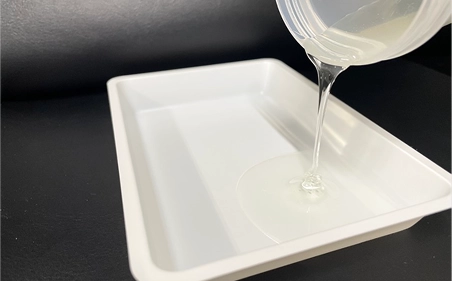Elongation Ranking of Resins & Rubbers
What is Elongation Rate?
Elongation rate, also known as elongation at break, measures how much a material stretches before breaking when pulled. It is typically expressed as a percentage of the original specimen length. Materials with high elongation rates resist breakage even under significant deformation and offer excellent shock absorption and flexibility. However, they may not be suitable for applications requiring rigidity and dimensional stability. When selecting materials for practical applications, it is important to evaluate the complete performance profile including tensile strength, elastic modulus, heat resistance, and environmental durability—not just elongation alone.
Elongation Ranking of Resins & Rubbers
*Please note that the values presented in this ranking are general guidelines only. Actual values may vary significantly depending on the manufacturer, specific grade, and formulation.
RLR (Rubber-Like Resin): A Revolutionary Material Combining High Tensile Strength and Elongation
Traditional resin materials have struggled to balance flexibility and durability. To overcome this challenge, we've developed Rubber-Like Resin (RLR), which combines rubber-like flexibility with exceptional durability.
This innovative material features superior elasticity and scratch resistance, while also providing excellent vibration absorption and chemical resistance. Since it cures at room temperature, no heating furnace is required—contributing to energy efficiency. RLR can be utilized across diverse applications, from electronic component coatings to construction materials and automotive parts.
This innovative material features superior elasticity and scratch resistance, while also providing excellent vibration absorption and chemical resistance. Since it cures at room temperature, no heating furnace is required—contributing to energy efficiency. RLR can be utilized across diverse applications, from electronic component coatings to construction materials and automotive parts.

Key Advantages of Rubber-Like Resin Compared to Urethane Materials





